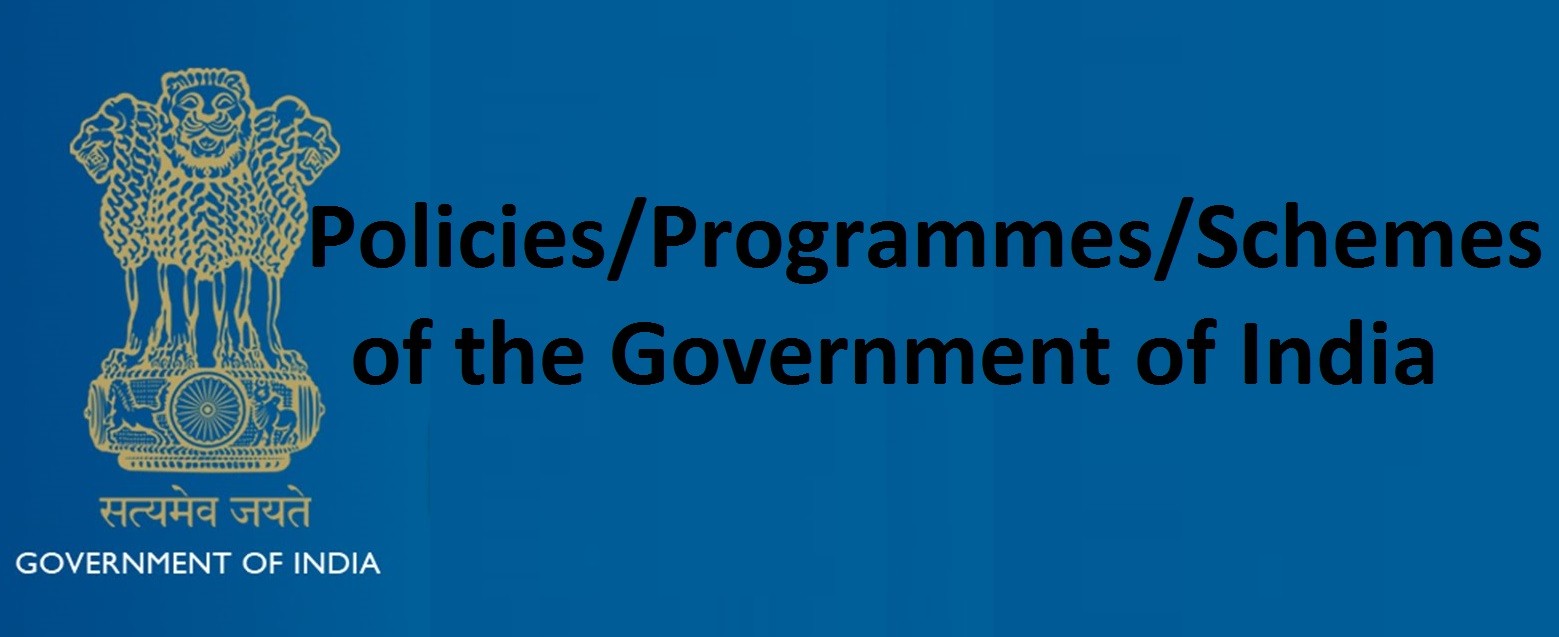Recently Union Budget 2021-2022 has given the much-needed fillip to the infrastructure sector. The Finance Minister has also announced the setting up of a Development Finance Institution, allowing large-scale asset monetisation.
The infrastructure push is expected to not just boost India’s post-pandemic economic recovery, but also create jobs.
Major features of Implement Infrastructure Projects
- There is a 34.5% increment in the budget allocation for infrastructure as compared to FY 2020- 21.
- It has given equal emphasis to all physical infrastructure including roads and highways, railways, urban infrastructure, power, port, shipping and airways, and petroleum and natural gas.
- The highest-ever capital expenditure of Rs 1.08 lakh crore has been allocated for building highways.
- The government has allocated 20,000 crore rupees to set up and capitalize a developmental financial institution.
- A national monetisation pipeline will be launched, with a dashboard to track the progress and provide visibility to investors.
what is the Need for infrastructure development?
- The provision of adequate infrastructure is essential for growth in the economy and for making growth inclusive.
- It can solve problems of general poverty, unemployment, backwardness, low production, low productivity and low standard of living etc.
How investment in infrastructure is necessary for growth?
- Power shortages lead to dependence on expensive captive power, which in turn impels high costs and a lack of competitiveness for the economy.
- Inadequate transport infrastructure leads to bottlenecks; both in the supply of raw materials as well as the movement of finished goods to the marketplace.
- The price that farmers get for their produce is depressed if there is no connectivity through good quality rural roads, which in turn keeps rural incomes low, negating the fruits of high overall growth performance.
what is the Govt. plan on infra development/NIP
- National Infrastructure Pipeline – an initiative to provide world-class infrastructure across the country and improve the quality of life for all citizens.
- It captures the infrastructure vision of the country for the period FY20-25.
- NIP includes economic and social infrastructure projects.
- It also includes both greenfield and brownfield projects.
- It will help in stepping-up annual infrastructure investment to achieve the Gross Domestic Product (GDP) of $5 trillion by 2024-25.
- NIP is expected to enable well-prepared infrastructure projects which will create jobs, improve ease of living, and provide equitable access to infrastructure for all, thereby making growth more inclusive.
- Around 42% of NIP projects are now under implementation while 31% are at the conceptualisation stage.
- It is estimated that India would need to spend $4.5 trillion on infrastructure by 2030 to sustain its growth rate.
Challenges associated
- Lack of Sustainable Finances – Although the budget allocation for infrastructure is a considerable amount but it is not enough unless augmented with supplementary resources from the market such as the FDI.
- Land Issues – Land is the basic requirement for any infrastructure project. Land acquisition in India is contentious and hence not a very speedy process. Getting approvals are very difficult in terms of land access, environmental clearances, impending litigation in court delays the infrastructure projects.
- Ineffective Dispute Resolution Mechanism – A lot of infra projects are stuck in litigation between the executing agencies and the authorities which own the projects. Dispute resolution mechanisms are not very quick and effective. Therefore, the existing investors find it difficult to thrive and the new investors do not feel much comfortable in participating.
- Finding buyers for bad assets in a pandemic hit economy will be a challenge, especially when governments are facing the issue of containing the fiscal deficit.
Students Input
- Quality manpower shall be invested to plan, implement, execute and monitor the infrastructure projects well.
- Enhancing and permitting FDI, in the sectors where India’s R&D is still not at the global level. To bring more FDI to India, the legal framework should be smoothened, and a better contract management system and a better dispute resolution mechanism are required.
- The government cannot entirely invest from its own resources in infra projects unless they involve the private sector which can monetise these assets. A roadmap to implement infrastructure projects with the PPP model will be sustainable and it will reduce the burden on the government’s financial capacity.
- If India is aiming at world-class infrastructure, there are several things that need increased attention and encouragement such as the industry-academia partnership to boost the R&D sector.
.
Read More Articles on History or Art & Culture
Follow on Youtube Channel Score Better
Join Us on Telegram For More Update
.
